Energy crops such as willow and miscanthus can compete with wood fuels on price, according to figures presented by Teagasc energy specialist Barry Caslin last week. Caslin was speaking at the workshop on the new Support Scheme for Renewable Heat (SSRH) organised by the Irish Bioenergy Association (IrBEA) in Dublin.
Producing miscanthus chip costs 1.15c per kWh of heat produced and the cost is 1.67c for willow chip (see Table 1). This assumes the chip is burned on the farm, for example in the case of a boiler heating a pig or poultry shed. The cost includes a lost revenue item to account for the fact that the farmer would grow other valuable crops on this land if they weren’t using it for energy. This compares with 1.45c to harvest and process wood chip from forest thinnings or residues.
Caslin also calculated commercial costs to transport the fuel to an end user within a 100km radius as miscanthus pellets or willow chip. He added a farmer profit allowance equivalent to the €500/ha gross margin expected from a good yield on a grain crop. This comes to a total cost of 3.31c/kWh of heat for miscanthus or 2.65c/kWh for willow. By comparison, Caslin said heating oil costs 8c/kWh.
There are, however, upfront costs for users of heat such as pigs and poultry farms, public buildings, factories and hotels to make the jump. “The SSRH will make a difference,” Caslin said. The scheme will pay eligible users a maximum of €231,120 per year for verified renewable heat usage. The tiered payments are higher for the first units of heat, making it attractive for various scales of installations. According to the IrBEA, a relatively small 100kW boiler running for 1,000 hours a year only would still attract a payment of €5,560. Another way of evaluating the scheme’s support level is to apply it to common fuels such as wood chip or pellets (see Table 2).
Crucially, Caslin’s production costs assume that the 40% establishment grant available a decade ago for energy crops will be restored. “We are calling on Minister Creed to look at re-establishing this grant,” IrBEA chief executive Seán Finan told the Irish Farmers Journal. With a three-year lead time from sowing to production, heat users supported by the SSRH may turn to imports if Irish farmers don’t start growing biomass – and with poor experiences in the past, many may choose to wait.
Read more
Calls for energy crops grant to be restored
Quinns has big biogas plans
Farmers should form co-ops to sell biomass
Energy crops such as willow and miscanthus can compete with wood fuels on price, according to figures presented by Teagasc energy specialist Barry Caslin last week. Caslin was speaking at the workshop on the new Support Scheme for Renewable Heat (SSRH) organised by the Irish Bioenergy Association (IrBEA) in Dublin.
Producing miscanthus chip costs 1.15c per kWh of heat produced and the cost is 1.67c for willow chip (see Table 1). This assumes the chip is burned on the farm, for example in the case of a boiler heating a pig or poultry shed. The cost includes a lost revenue item to account for the fact that the farmer would grow other valuable crops on this land if they weren’t using it for energy. This compares with 1.45c to harvest and process wood chip from forest thinnings or residues.
Caslin also calculated commercial costs to transport the fuel to an end user within a 100km radius as miscanthus pellets or willow chip. He added a farmer profit allowance equivalent to the €500/ha gross margin expected from a good yield on a grain crop. This comes to a total cost of 3.31c/kWh of heat for miscanthus or 2.65c/kWh for willow. By comparison, Caslin said heating oil costs 8c/kWh.
There are, however, upfront costs for users of heat such as pigs and poultry farms, public buildings, factories and hotels to make the jump. “The SSRH will make a difference,” Caslin said. The scheme will pay eligible users a maximum of €231,120 per year for verified renewable heat usage. The tiered payments are higher for the first units of heat, making it attractive for various scales of installations. According to the IrBEA, a relatively small 100kW boiler running for 1,000 hours a year only would still attract a payment of €5,560. Another way of evaluating the scheme’s support level is to apply it to common fuels such as wood chip or pellets (see Table 2).
Crucially, Caslin’s production costs assume that the 40% establishment grant available a decade ago for energy crops will be restored. “We are calling on Minister Creed to look at re-establishing this grant,” IrBEA chief executive Seán Finan told the Irish Farmers Journal. With a three-year lead time from sowing to production, heat users supported by the SSRH may turn to imports if Irish farmers don’t start growing biomass – and with poor experiences in the past, many may choose to wait.
Read more
Calls for energy crops grant to be restored
Quinns has big biogas plans
Farmers should form co-ops to sell biomass




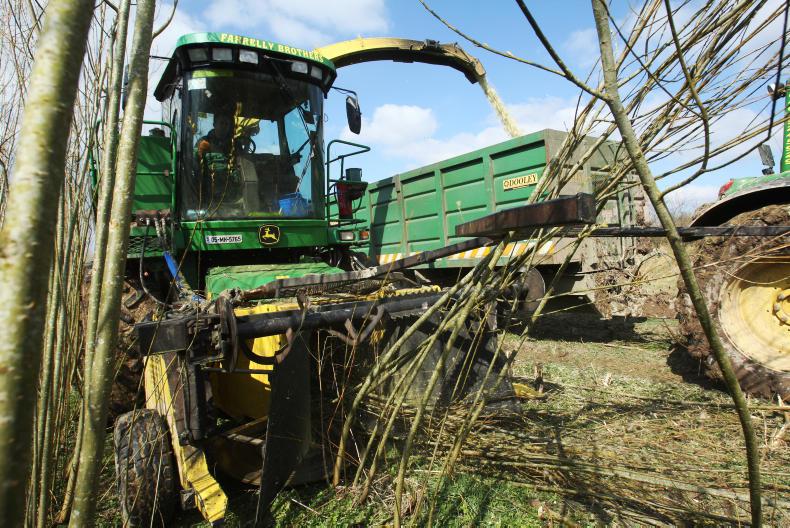
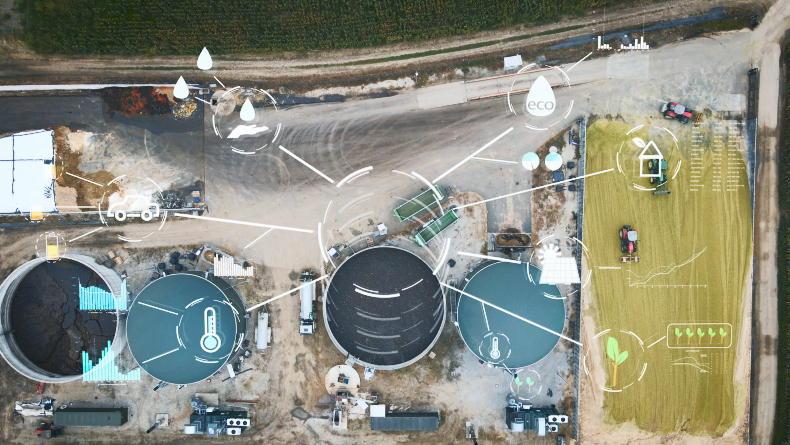

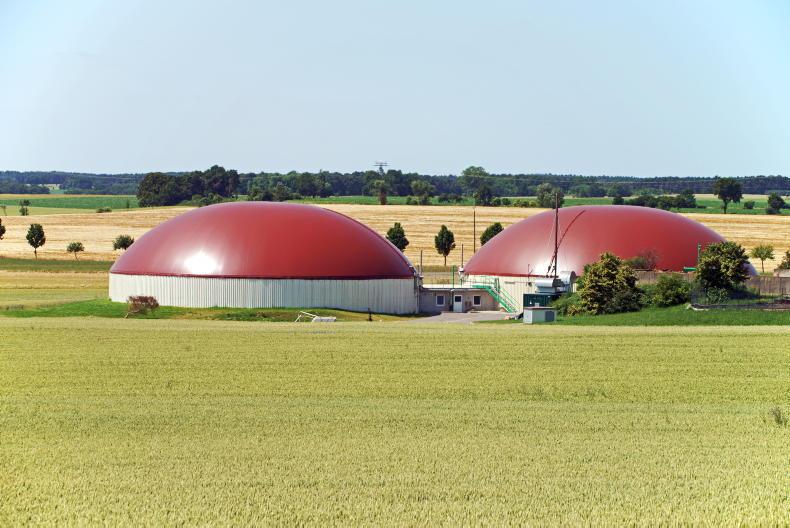
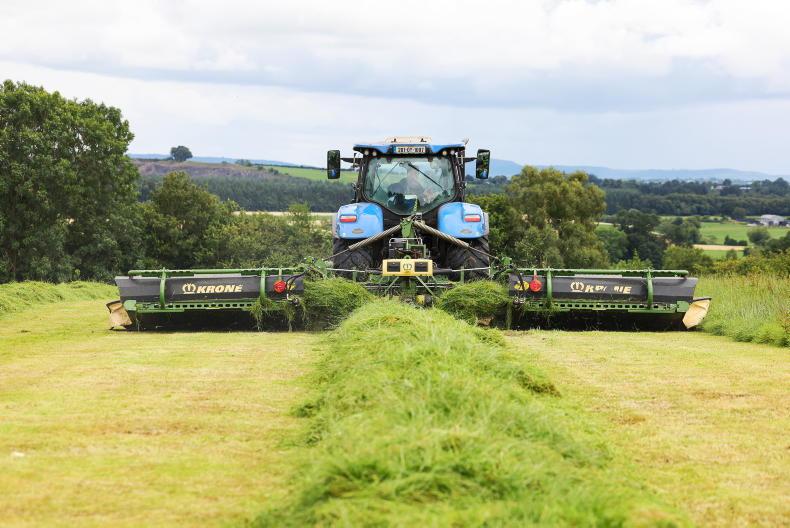
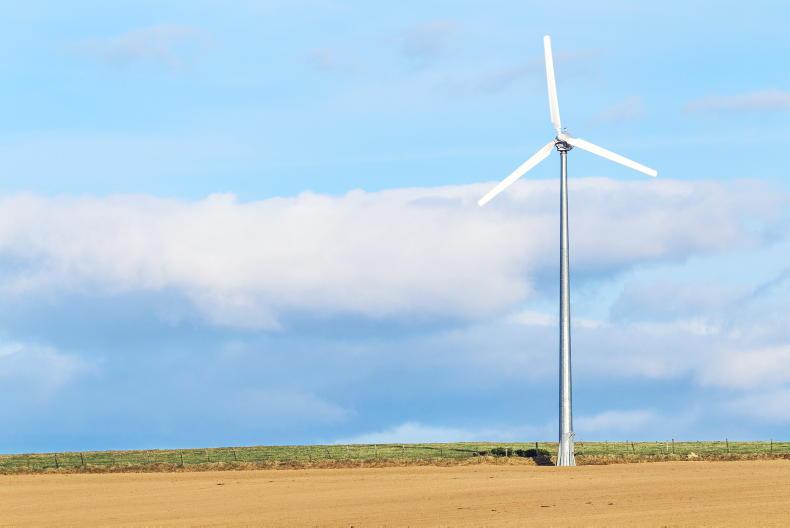
SHARING OPTIONS